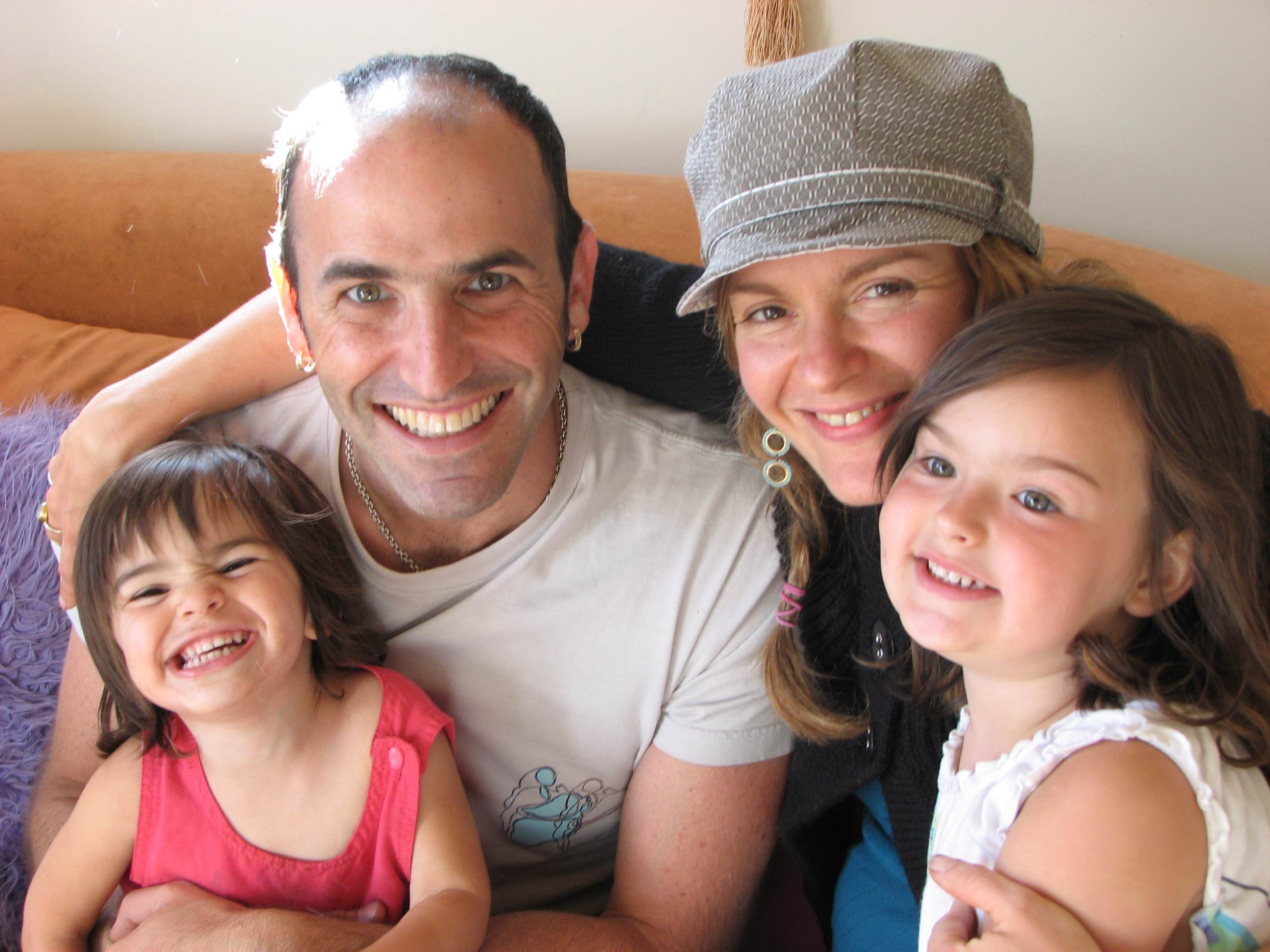Are you tired of tantrums?
Give your kids an alternative
Get more connected by Guessing Feelings
By guessing your child’s feelings, you can help her learn a new way to express herself… verbally!
Even if your guesses are wrong, your child will respond to your efforts to tune into her. When young kids have tantrums, they’re frustrated, low on creativity, and can’t figure out another way to express how strongly they feel.
Remember that tantrums won’t necessarily disappear, just because your little angel is able to say, “Mommy, I’m mad!”
He will have more options, however, and if you can catch him early enough, you might be able to head off some tantrums before they start.
Here are six steps to help you use Guessing Feelings to help create more emotional connectedness for your whole family:
1) Download a Feelings List Here- Feelings List
2) Print it out and use it to expand your own emotional vocabulary. Begin to identify and express your own feelings throughout the day. “Oh! I’m feeling so happy and content right now!”
3) Practice guessing. “Sweetie, are you feeling frustrated?”, or “Wow, it looks like you’re feeling really excited! Are you feeling excited right now?” Be prepared to guess again or be corrected without taking it personally if you don’t get it right the first time.
Remember, it’s not if your guesses are right that counts, it’s the fact that you’re trying to tune in and build emotional vocabulary.
4) Use a wide variety of feeling words with your child every day both by sharing your own feelings and by guessing hers.
5) Next time you’re reading a bed-time story, look for the emotional content and ask your child to guess. “How to you think Thomas is feeling right now?” If you get no response, make your own guesses, “I wonder if he’s feeling lonely because he misses his friends.”
6) Play games with your family in which you each make faces and try to guess feelings, or list feelings and play at exaggerating them.
By expanding the emotional vocabulary you use with your child on a daily basis, you’re setting him up to be able to express his feelings effectively, without completely losing it.
With many repetitions, your child will begin to say things like, “Mommy, I’m feeling frustrated because I need attention!” or “Daddy, I feel sad, can I have a hug?”
If you’d like to learn more about how to increase emotional awareness and connectedness in your family, keep an eye out for our new CD “Perspectives on Feelings”.
Thanks for being here!
Big hugs and love, Shelly
P.S. What did you think of this blog about reflecting feelings? Was it helpful? Clear? Is there anything we could have done better? Please let us know your thoughts and questions in the comment box below. Thanks!



These are awesome tips – Tantrums are all about unexpressed emotions -or unreceived emotions. I’d like to add that if they do go into a tantrum, I’ve found it useful to be compassionate about the tantrum. I point out that they’re having one, and let them know it’s okay and natural to have a tantrum, and that I love them and care about what they’re feeling. They get the emotion out and start looking for ways to communicate!
Yes! I love this, David. In fact, it sounds like everything about the way you’re being with your kids during a tantrum is communicating, “I love you, I care about you and your feelings, and it’s ok to freak out sometimes” Don’t we all wish we’d been held in such love when we were kids acting crazy? Thanks for being such an inspirational dad.